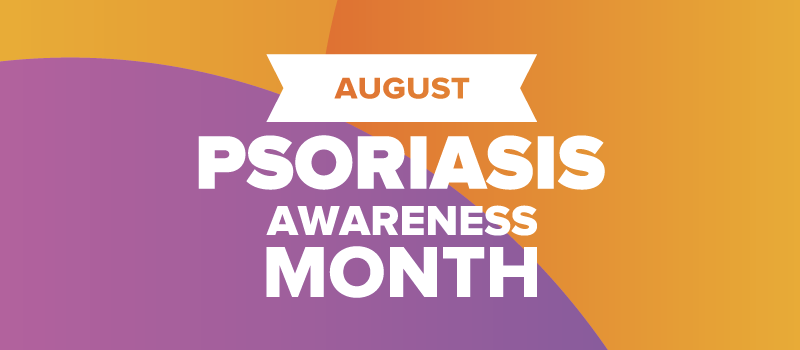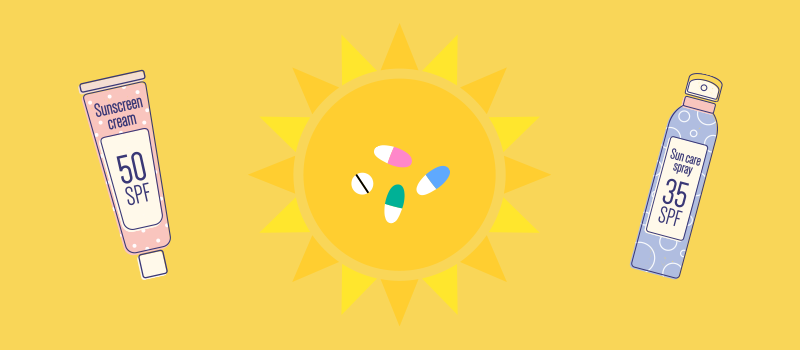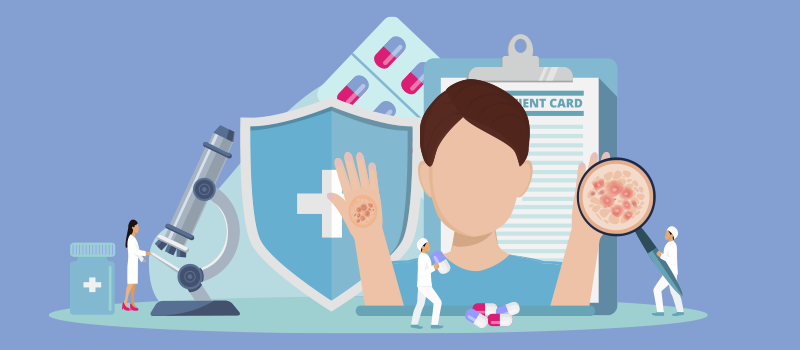What’s the Buzz
The Bee Healthy Blog
Skin Cancer: Ways to Reduce Your Risk

More than 9,500 Americans are diagnosed with skin cancer every day, and more than two people die of the disease every hour, making it the most common cancer in the United States[1]. Skin cancer is often caused by skin exposure to the sun, so it’s important to wear sunscreen to protect from ultraviolet radiation (UV) year-round—even when the sun isn’t shining. While people with fair complexions are at a higher risk, everyone is still at risk of skin cancer and should take the necessary precautions. In honor of Skin Cancer Awareness Month, here are a few ways you can protect yourself and help reduce your risk of developing this common disease.
What is Skin Cancer?
Skin cancer, defined as the overgrowth of skin cells, occurs most often when the skin is exposed to the sun or UV radiation, but it can also form on parts of the skin that are not ordinarily exposed to sunlight. There are three major types of skin cancer:
1. Basal cell carcinoma (BCC): Basal cell carcinoma is the most common form of skin cancer with an estimated 3.6 million cases of BCC diagnosed in the U.S. each year[1]. It usually forms in the sun-exposed areas of your skin such as the face, head, and neck.
2. Squamous cell carcinoma: Mostly occurs on sun-exposed areas of your body, such as your face, ears, and hands. People with darker skin are more likely to develop squamous cell carcinoma on areas that aren't often exposed to the sun.
3. Melanoma: Can develop on normal skin or a mole anywhere on the body.
Across all stages of melanoma, the average five-year survival rate in the U.S. is 93%. The estimated five-year survival rate for patients whose melanoma is detected early is about 99 percent, but the survival rate falls to 66 percent when the disease reaches the lymph nodes and 27 percent when the disease metastasizes to distant organs[1].
Risk Factors
- Fair skin: Having less melanin in your skin decreases your protection against UV rays, increasing your risk of developing skin cancer. If you have blond or red hair and light-colored eyes, and you freckle or sunburn easily, you're much more likely to develop skin cancer than a person with darker skin.
- History of sunburns: According to the Skin Cancer Foundation, having five or more sunburns doubles your risk for melanoma, but only one blistering sunburn in childhood or adolescence more than doubles a person’s chances of developing melanoma later in life.
- Geographic location: Depending on where you live, you can be exposed to more sun and radiation than others. Those who live at higher elevations in sunny, warm climates are exposed to more sunlight than people who live in colder climates and are at greater risk.
- Moles: People who have many moles on their skin are at an increased risk of skin cancer. If you have irregular moles, it’s important to watch them regularly. Visit your doctor if you notice any changes.
- Family history: If one of your parents or siblings has had skin cancer, you can be at an increased risk.
- Weakened immune system: People with compromised immune systems or other diseases such as HIV are at a greater risk of developing certain skin cancers.
Ways to Reduce Your Risk
Most skin cancers are preventable, and if detected early, can be cured. Here are some tips to reduce your risk:
- Apply sun protection: Wear a broad-spectrum sunscreen of 30 SPF or higher and reapply every two hours or as necessary. The recommended amount is 1 ounce for your entire body. Make sure that it is applied evenly and has time to sink in before sun exposure.
- Limit your sun exposure: The hours between 10 a.m. and 4 p.m. (or 9 a.m. to 3 p.m. standard time during daylight savings) are the most hazardous for UV exposure outdoors in the continental United States. UV rays from sunlight are the strongest during the late spring and early summer in North America[2]. The CDC recommends staying in the shade if the UV index is higher than three.
- Avoid Indoor Tanning Beds: More than 419,000 cases of skin cancer in the U.S. each year are linked to indoor tanning beds, including about 245,000 basal cell carcinomas, 168,000 squamous cell carcinomas, and 6,200 melanomas[1].
- Check medications: Certain prescription medications and over-the-counter drugs can make you more sensitive to the sun. Antibiotics such as doxycycline, tetracycline, ciprofloxacin, levofloxacin, ofloxacin, and trimethoprim[3] can cause skin sensitivity. Cholesterol drugs such as atorvastatin, lovastatin, pravastatin, and simvastatin can also make your skin more sensitive[3].
- Wear protective clothing: Sunscreen can’t protect your skin from the sun completely, so it’s important to cover up with clothing at high-sun exposure. For example, clothing such as a brimmed hat and UV-blocking sunglasses to protect your eyes and the skin around them. You may also consider purchasing SPF athletic clothing.
- Check your skin regularly and visit your doctor: Be sure to examine your skin for any changes in mole size/shape, and visit your dermatologist for routine skin checks.
At least one in five Americans will develop skin cancer by the age of 70[1], but with the right skincare and caution, you can help decrease your risk of skin cancer—Learn more from the Skin Cancer Foundation.
[1] https://www.skincancer.org/skin-cancer-information/skin-cancer-facts/
[2] https://www.cdc.gov/cancer/skin/basic_info/prevention.htm
[3] https://www.webmd.com/skin-problems-and-treatments/sun-sensitizing-drugs











SOCIAL